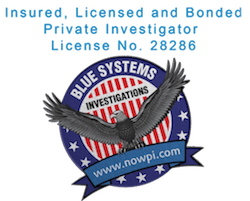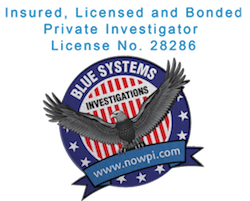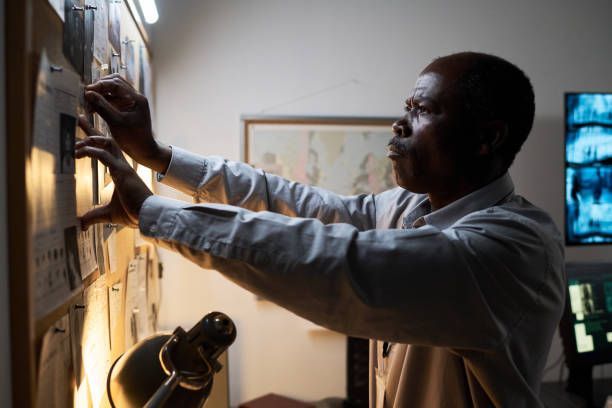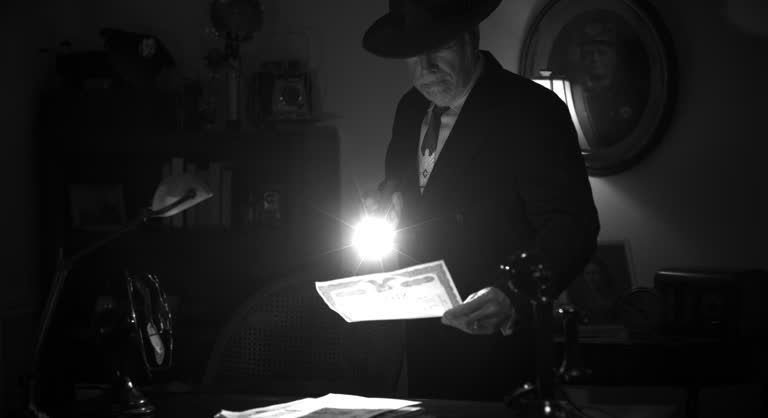Latest Blog Posts
August 15, 2019
August 15, 2019
August 15, 2019
Follow us on Facebook
Certification
CA Private Investigator
License No. 28286
PI Services
Locations Served
Client Intake Forms
Digital forensic investigation
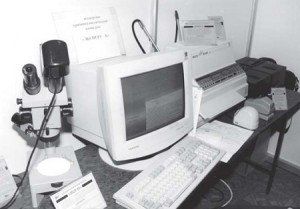
Digital forensic investigation
With the proliferation of photo-film-video, sound recording equipment the results of its use (as well as the equipment itself) are increasingly as evidence in the digital forensic investigation of crimes.
Photographs, video tapes and videotapes: represent the material and fixed images of various objects. These documents are confiscated from criminal suspects or persons produced during the investigation, contain information that is causally associated with an event or a crime related to the process of investigation (fixation of the course and results of investigative actions). Often this kind of documents are investigated to determine the participants, understanding the nature and stages of developments (document or operational shooting in the riots, fires, etc.). Sometimes there is a need to establish changes in the content of documents, for example by editing pictures with their subsequent films, videotapes.
Signs of photomontage is a sharp contrast to the contour of details – around the head, torso, garments.
In falsifying videotapes and films often resort to the removal or gluing parts. Signs of such action are manifested in a sharp change in the image, availability bonding.
Important information to establish the circumstances of the crime may include a soundtrack. They may be a means of committing crimes (such as those used for the purpose of extortion by threats and intimidation), items of a criminal assault and forgery when the result of fixing the course conducted by an investigative action or carrying out operational investigative measures in the detection of crime.
In these cases, the objects of study are the tapes, wires, disks and other storage media. They displayed two groups: mechanical and electro-acoustic effects. Mechanical follows from the tape drive and recording device. Such traces are formed on the working surface of the belt in the form of micro and macro runs and reflect the characteristics of the guide bar, heads (write, erase) and tape drive shaft. They can be successfully used for identification purposes. The interaction between the magnetic tape and a recording layer formed electroacoustic head traces characterizing features not only recorded audio (speech, music) and tape: the number of tracks and their size, tape transport speed, the noise of the tape drive, start and stop of recording and others. By studying these objects and traces of these groups can be set features mounting tape: a mismatch accompanying recording background music, the difference characteristics of electric pulses, different in quality pieces of tape, glue and availability etc.
When forensic study photo-movie-video materials can be identified: film and laboratory equipment, negatives to positives, depicted in photographs objects, buildings, terrain, light-sensitive materials and chemicals, means of video and audio recorded for the soundtrack of voice and other people objects.
The post Digital forensic investigation appeared first on Blue Systems International.
